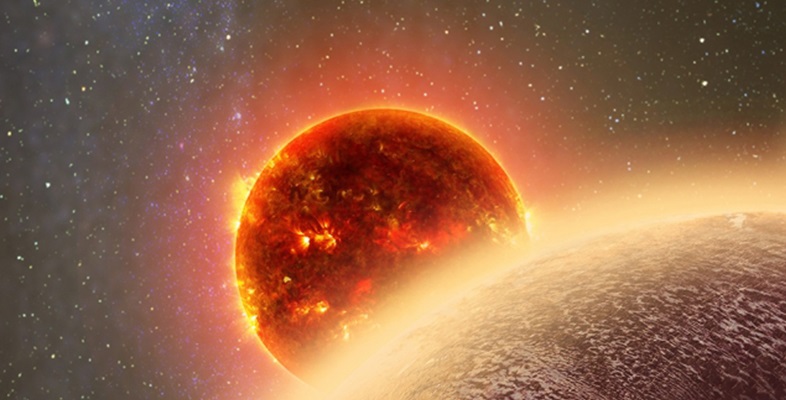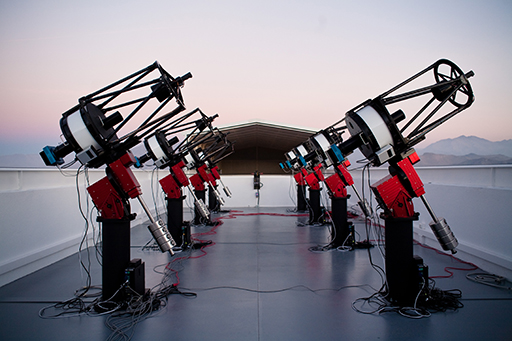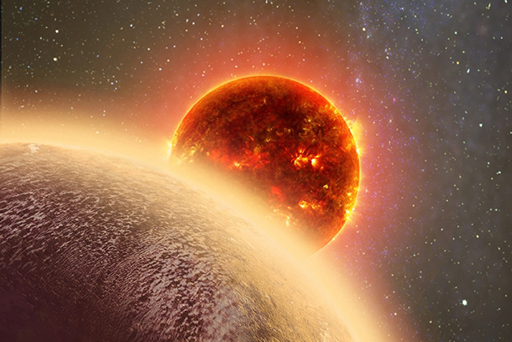8.1 The MEarth survey
While Kepler was surveying more distant regions of the Galaxy from space, a team of astronomers from Harvard University were looking at nearby small stars in the hope of discovering a planet close enough to learn much more about. This was the MEarth survey (pronounced ‘mirth’) – looking for Earths around M dwarf stars.
The MEarth observatory consists of eight small telescopes. These telescopes monitor the brightness of M dwarfs close to the Solar System to detect any transiting planets.
The search was rewarded in 2009 when the first MEarth planet was discovered – a planet around 2.5 times the size of Earth orbiting the star GJ 1214. This star is only 48 light years away from us. As one of the closest planets so far discovered, GJ 1214 b was an exciting result, but follow-up radial velocity measurements of the planet’s mass indicated it is not dense enough to be rocky. The search was still on for an Earth-like neighbour.
After several years yielding no results, a second planet was eventually found by MEarth in 2015, and this one looked more promising. GJ 1132 b, which is about 20 per cent larger than Earth, is still not a habitable planet, probably hitting the thermometer at more than 300 °C, but it has a density consistent with a rocky planet. Astronomers have speculated that this world might be similar to Venus – so, slowly, MEarth is helping us get closer to finding Earth’s cousin. You’ll learn more about MEarth’s first two planets next week.


